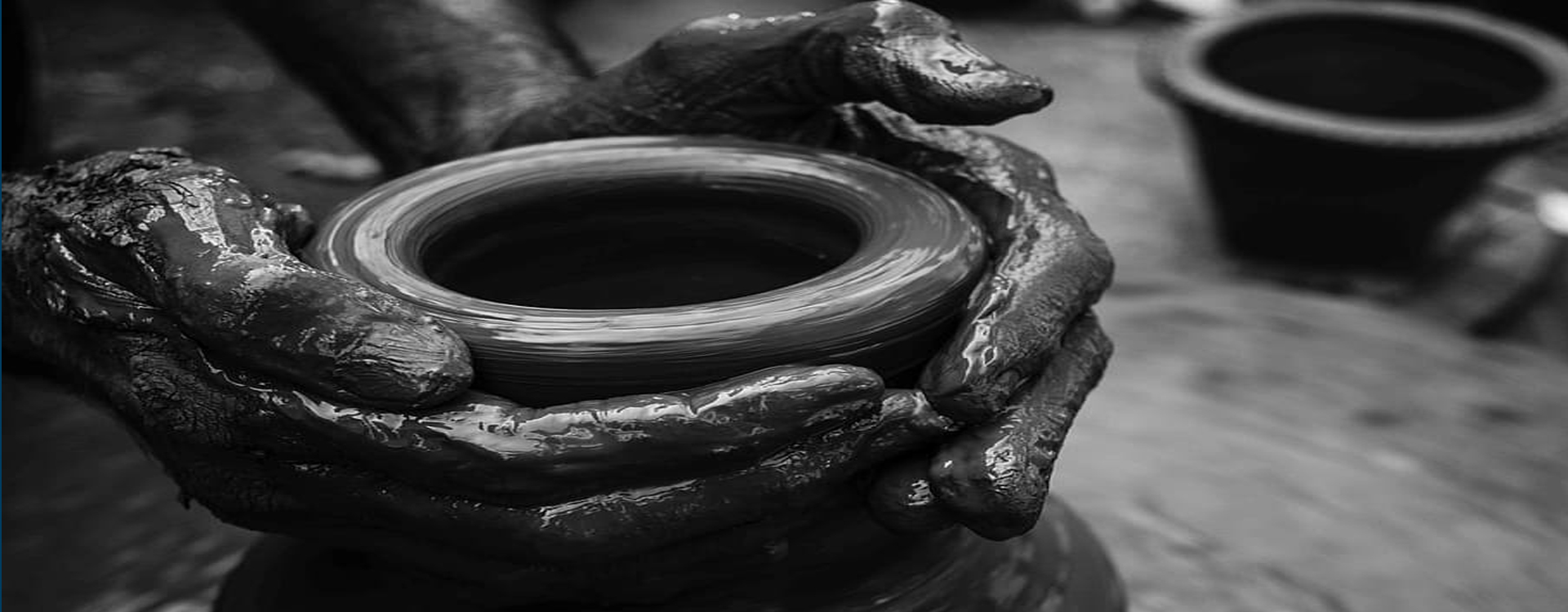Seminar Details
Magnesium aluminate spinel (MAS, MgAl2O4) is an important refractory material because of its useful properties, such as high melting point, high strength at room and elevated temperatures, high resistance to corrosion and thermal shock, and environmental friendliness. Spinel densification in a single-step solid-state reaction process is hindered due to ~5-8 % volume expansion on spinel formation from oxide reactants and use of two-stage firing process becomes costly and time-consuming for bulk production.
Rare-earth oxides (REOs) with high melting point, thermal stability, chemical inertness, etc. are potential spinel refractory additives. Studies on development of sintered spinel employing single-stage firing with REOs as additives are less explored. Such a work is undertaken here without any intermediate milling, as milling affects the prospect of bulk preparation.
The present work is based on the development of stoichiometric MAS from commercial grade oxide reactants in a single-step firing process (1550, 1600 and 1650 oC) and to study the effect of incremental addition of each REOs (Y2O3, Sm2O3, and Dy2O3), separately, between 1 and 4 wt. %, on the properties of various MAS batches. With Y2O3 as additive, spinel batches with 2 wt. % showed the maximum densification. At all sintering temperatures, Y2O3 batches formed garnet (YAG, Y3Al5O12) phase which helped in densification due to crystal structure isotropy. Further, 2 wt. % Y2O3 containing batches showed controlled grain structure, improved flexural strength and thermal shock behaviour than additive-free batches. Similarly, 1wt. % was the optimized concentration level in Sm2O3 and Dy2O3 containing spinel batches. Phases samarium aluminate (SmAlO3) and dysprosium aluminum garnet (DAG, Dy3Al5O12) were found in the Sm2O3 and Dy2O3 containing spinel batches, respectively, at all sintering temperatures which helped in the process of densification and improved mechanical properties. Overall, among all the REOs used in the present study, 1 wt. % Dy2O3 showed maximum improvement in property development.


